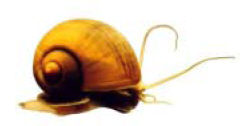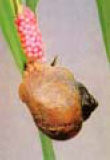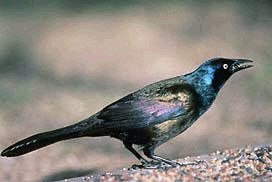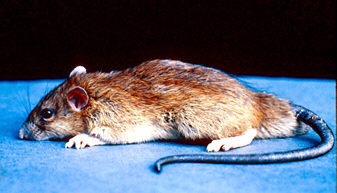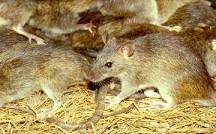|
|
|
Pest management |
|
||||||||||||||||||||
|
|
|
|
|
||||||||||||||||||||
|
|
|
Other pests |
|
||||||||||||||||||||
|
|
|
|
|
||||||||||||||||||||
|
|
|
Describe other pests and how to deal with them. |
|
||||||||||||||||||||
|
|
|
What other pests can harm your crop and reduce the yield? |
|
||||||||||||||||||||
|
|
|
||||||||||||||||||||||
|
|
|
(Crabs can also be a problem in some areas.)
The planting method can have a big influence on having these pests or not.
Direct seeding generally has more problems than transplanting. In the table below you can see which pest may be a problem depending on the planting method used.
Is there a chance these pests will be a problem? |
|
||||||||||||||||||||
|
|
|
||||||||||||||||||||||
More information |
|
Click on the icon to open a manual with more information on:
Click on an icon to open a fact sheet with specific information about:
|
|
||||||||||||||||||||
Next lesson |
|
This ends this module. A small quiz is up next. Good luck! |
|
||||||||||||||||||||



